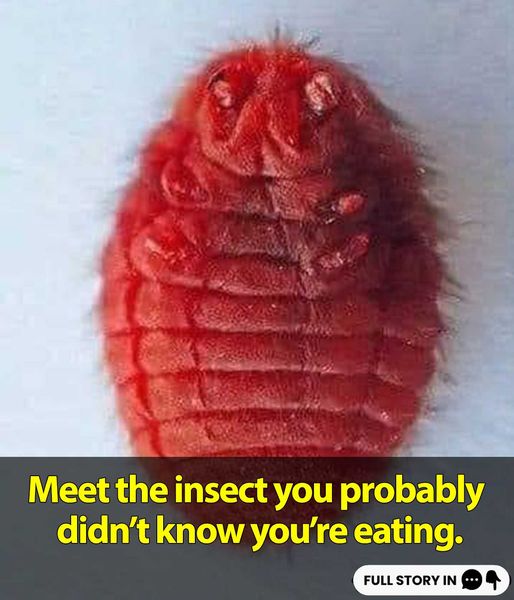Cochineal extract, also known as carmine, natural red 4, or E120, is a natural dye derived from the cochineal bug. Despite its “icky” origins, this FDA-approved additive is widely used for its vibrant red color. Here, we explore the history, production, and usage of cochineal extract in various food products, along with addressing common concerns and misconceptions.
A Brief History of Cochineal Extract

Cochineal extract has a rich history dating back to the Aztecs, who first discovered its use for creating vibrant red dyes. When the Spanish arrived in the Americas, they capitalized on this discovery and monopolized the cochineal trade, exporting the dye to Europe where it became highly valued for its color and longevity.1
How Cochineal Extract is Made

The dye is made from the dried bodies of female cochineal bugs, which are harvested mainly in Peru and the Canary Islands. The bugs feed on prickly pear cacti, and after being collected, they are dried, crushed, and processed with an acidic alcohol solution to produce carminic acid, the primary coloring agent.2 It takes about 70,000 bugs to produce one pound of dye.3
Side Effects and Concerns

While cochineal extract is safe for most people, it can cause allergic reactions in others. Additionally, it is not suitable for vegans, vegetarians, or those following kosher diets due to its animal origin.4 The FDA requires it to be listed explicitly on ingredient labels to inform consumers.5
Addressing Misinformation

Cochineal extract is a natural product with a long history of safe use. However, some consumers may still find the idea of insect-derived food coloring unappetizing. It’s important to note that alternative synthetic dyes, such as Red No. 2 and Red No. 40, come with their own health risks, making carmine a safer, more natural choice.6
13 Foods That May Contain Cochineal Extract

Finding exact foods with cochineal extract can be challenging, but it is commonly found in the following categories:
1. Yogurts

Many fruit-flavored yogurts use cochineal extract to achieve their pink or red hue.
2. Ice Creams

Strawberry and other red-colored ice creams often contain this dye.
3. Candies

Red candies, including gummy bears and jelly beans, frequently use carmine.
4. Beverages

Some fruit-flavored drinks and alcoholic beverages, like Campari, include cochineal extract for color.
5. Desserts

Red velvet cake, strawberry mousse, and other red or pink desserts may use this coloring.
6. Canned Fruits

Canned cherries and other preserved red fruits often contain cochineal extract.
7. Meat Products

Some processed meats, like sausages and hot dogs, use carmine for a more appealing color.
8. Sauces and Dressings

Certain red sauces and salad dressings use cochineal extract for color enhancement.
9. Baked Goods

Red-tinted pastries, cupcakes, and donuts may contain this natural dye.
10. Jams and Jellies

Strawberry, raspberry, and other red fruit jams frequently use cochineal extract.
11. Dairy Products

Some flavored milks and dairy-based smoothies use carmine.
12. Cheeses

Certain processed cheeses and cheese spreads include cochineal for a reddish tint.
13. Lipsticks

While not a food, it’s worth noting that many lipsticks use cochineal extract for its vibrant red color.
Conclusion

Cochineal extract, derived from the cochineal bug, is a widely used natural dye found in many red and pink food products. Despite its origins, it is a safe and effective coloring agent, though it may not be suitable for everyone due to allergies or dietary restrictions. Understanding its presence in food products can help consumers make informed choices.
